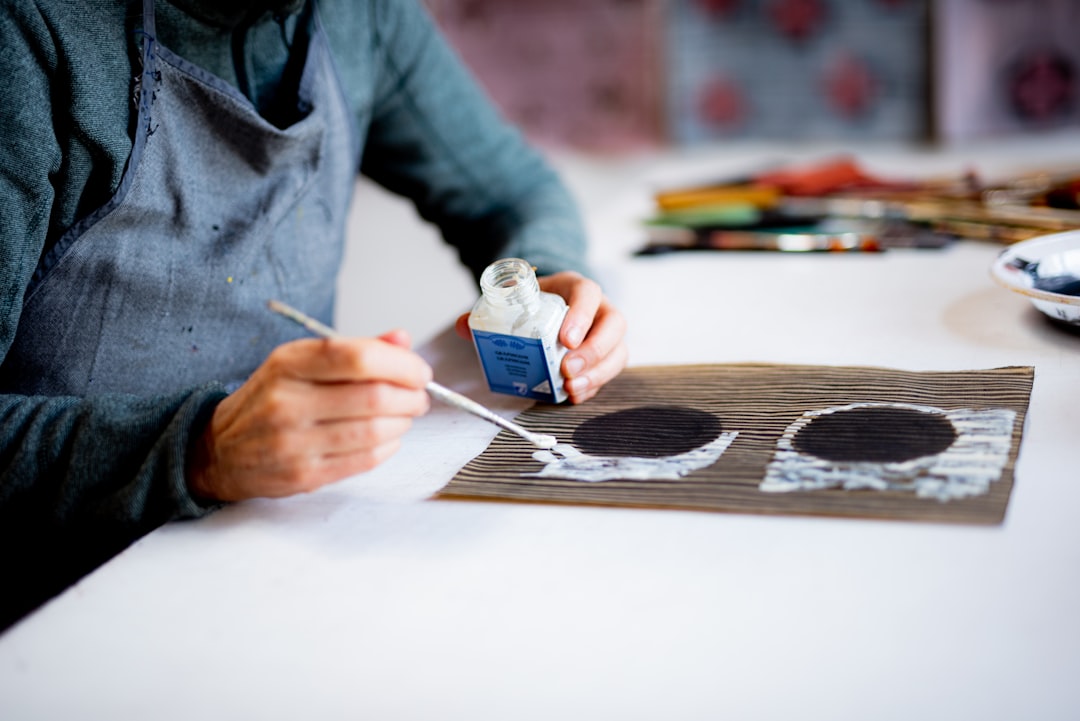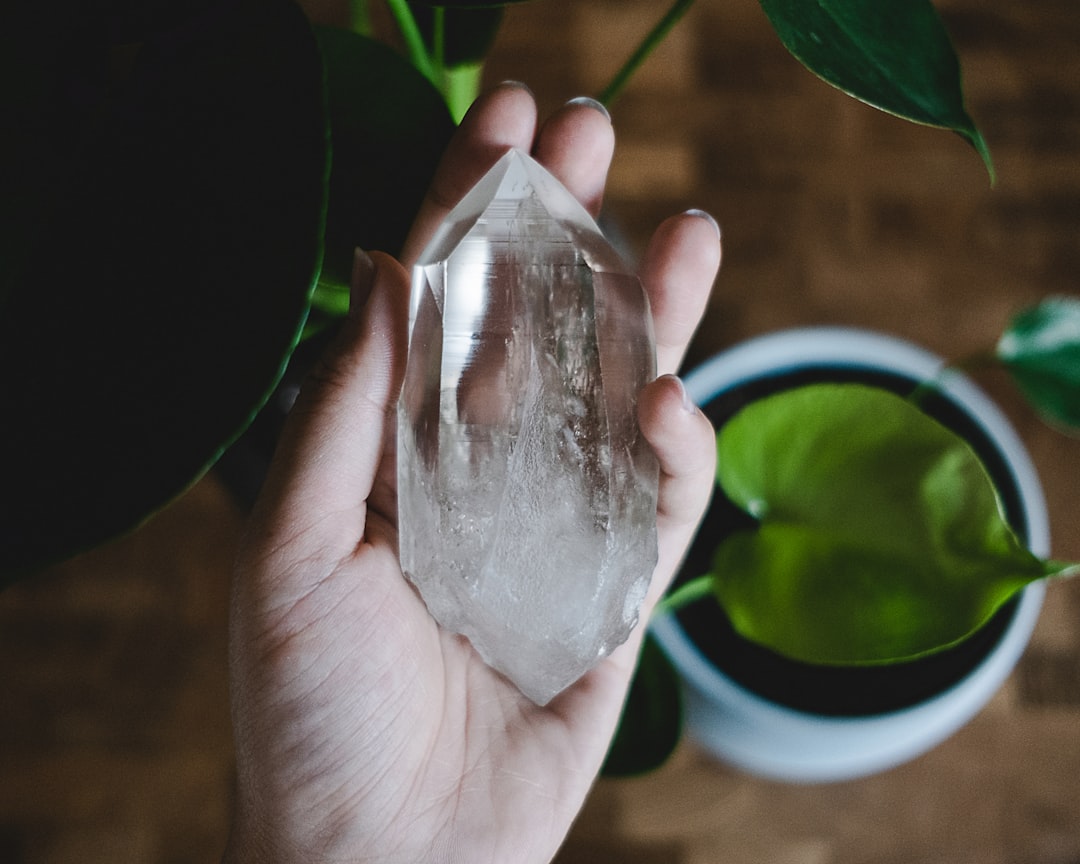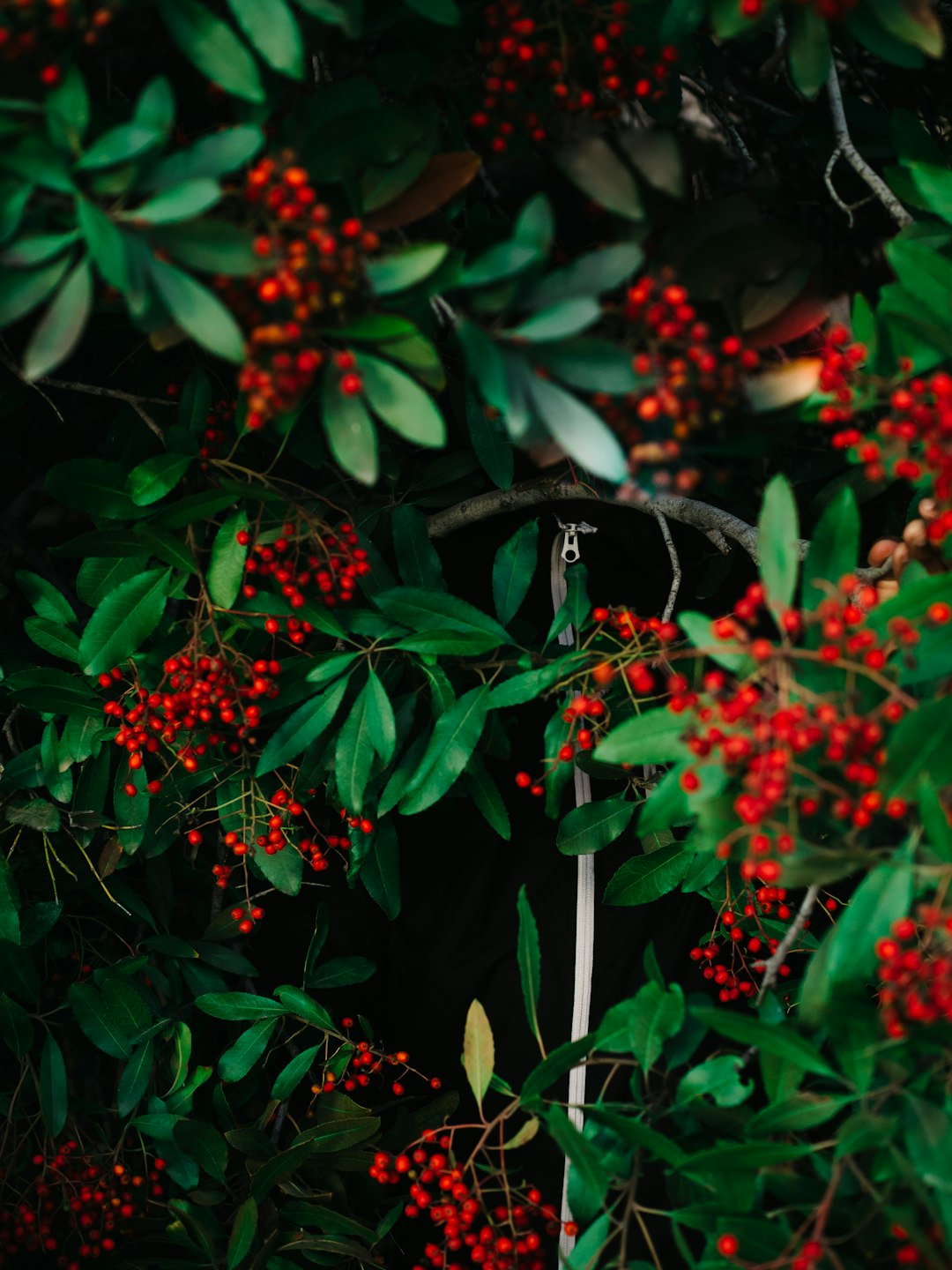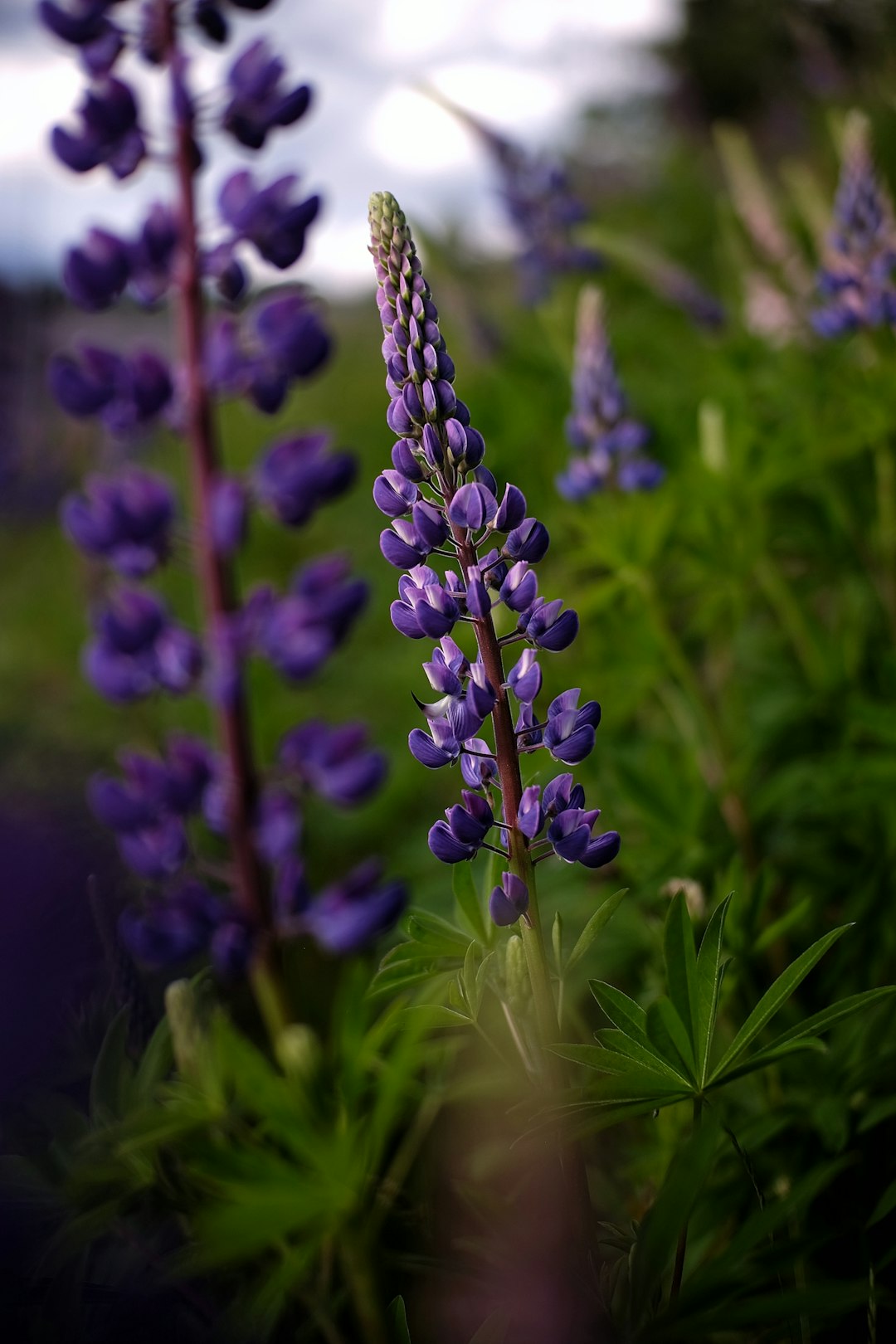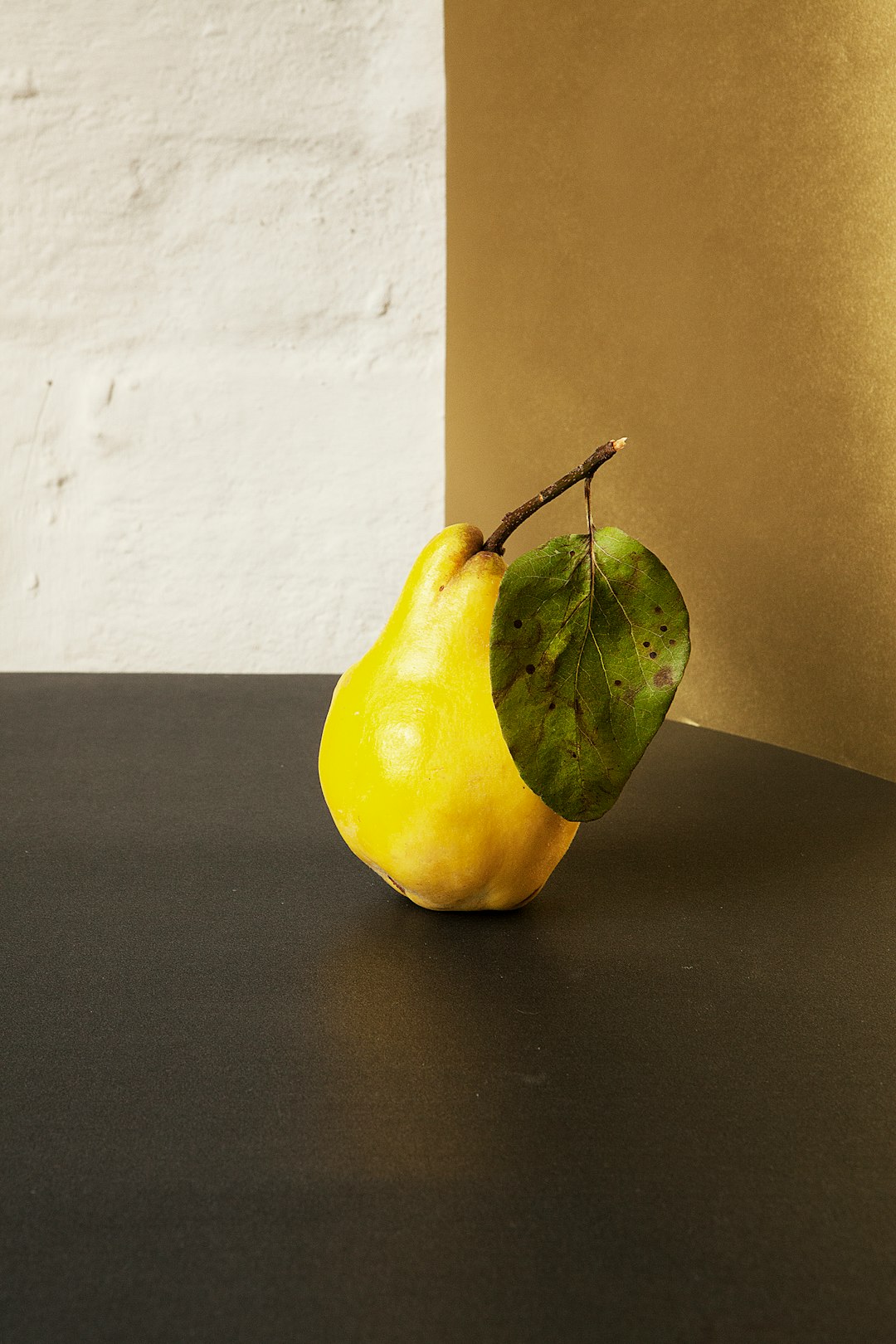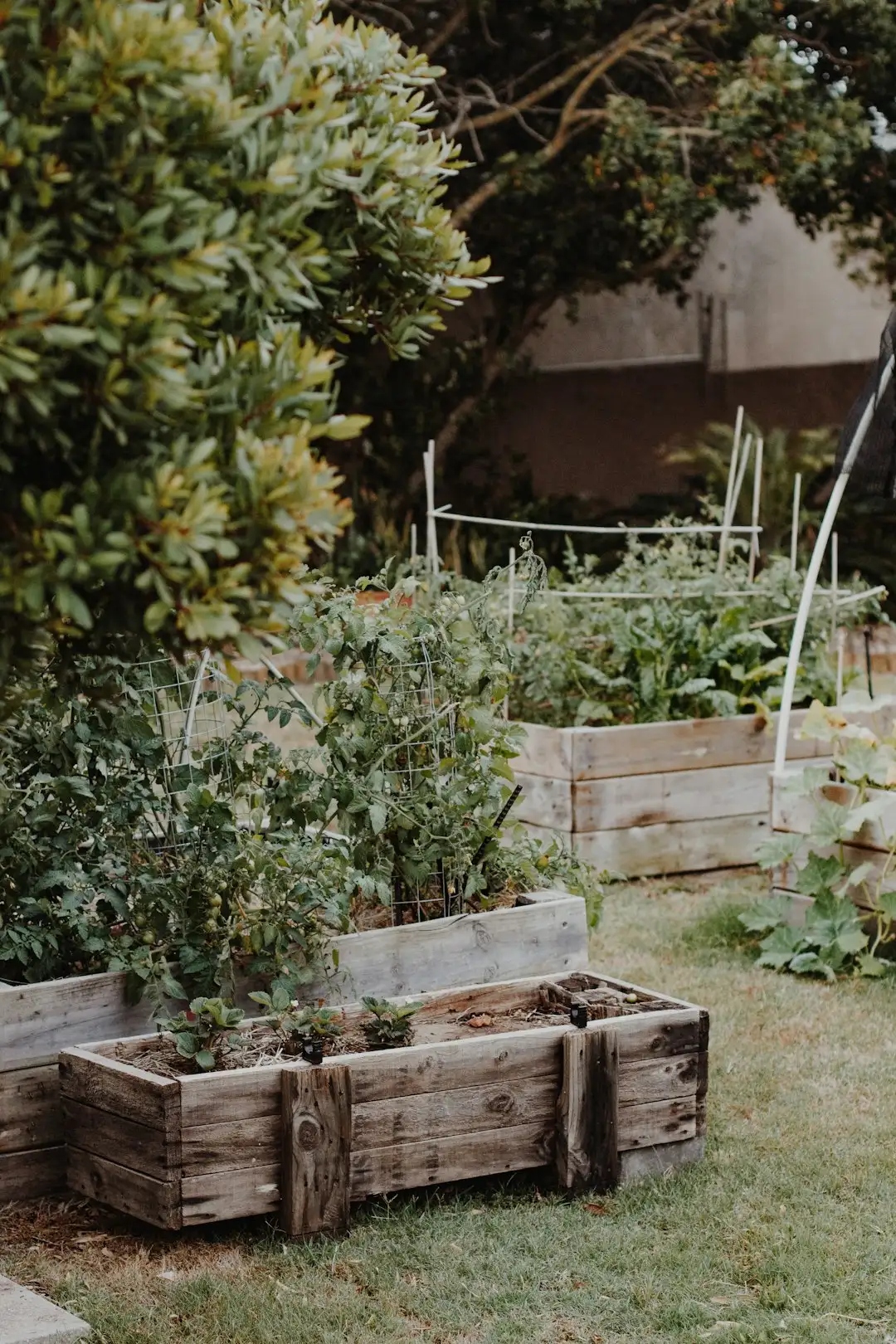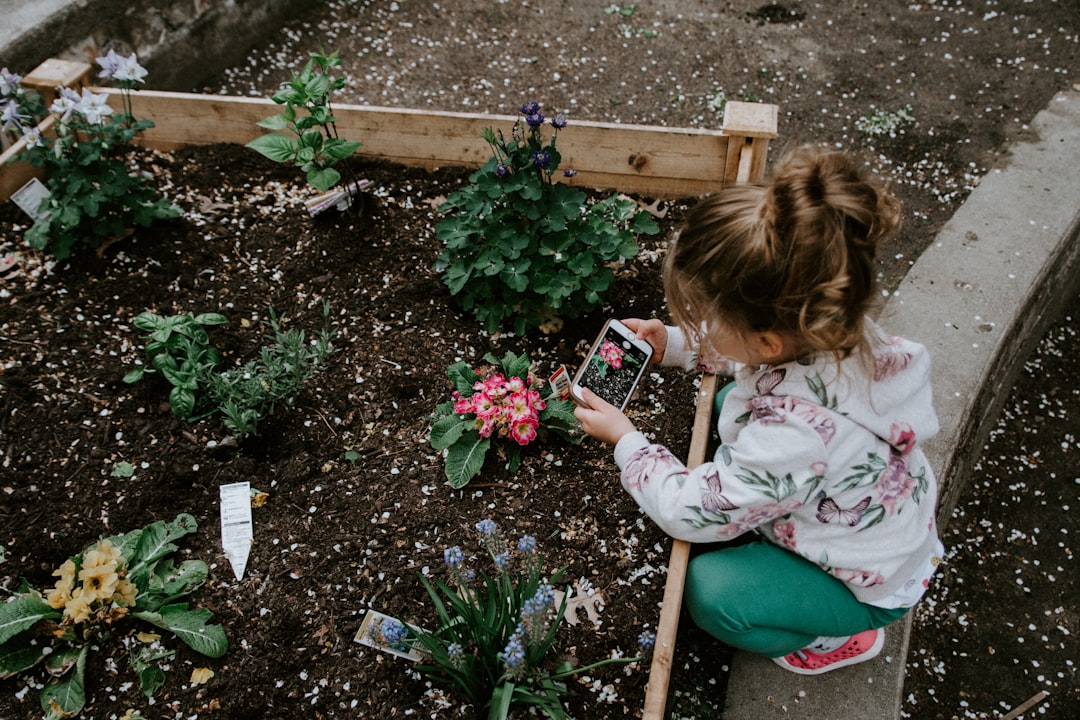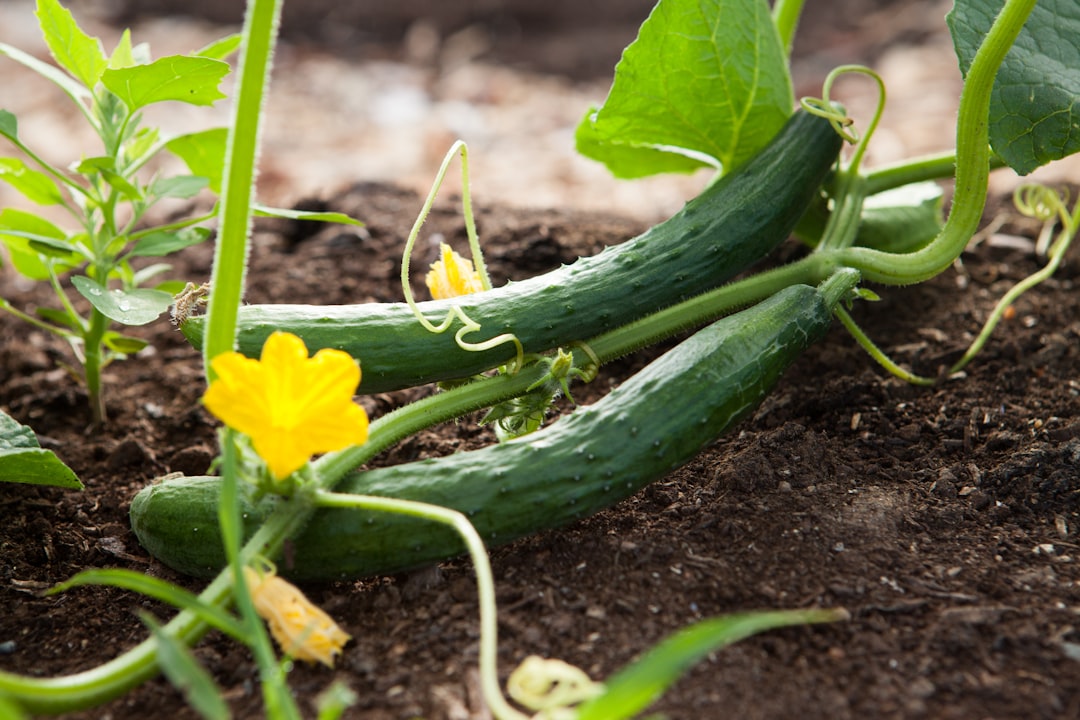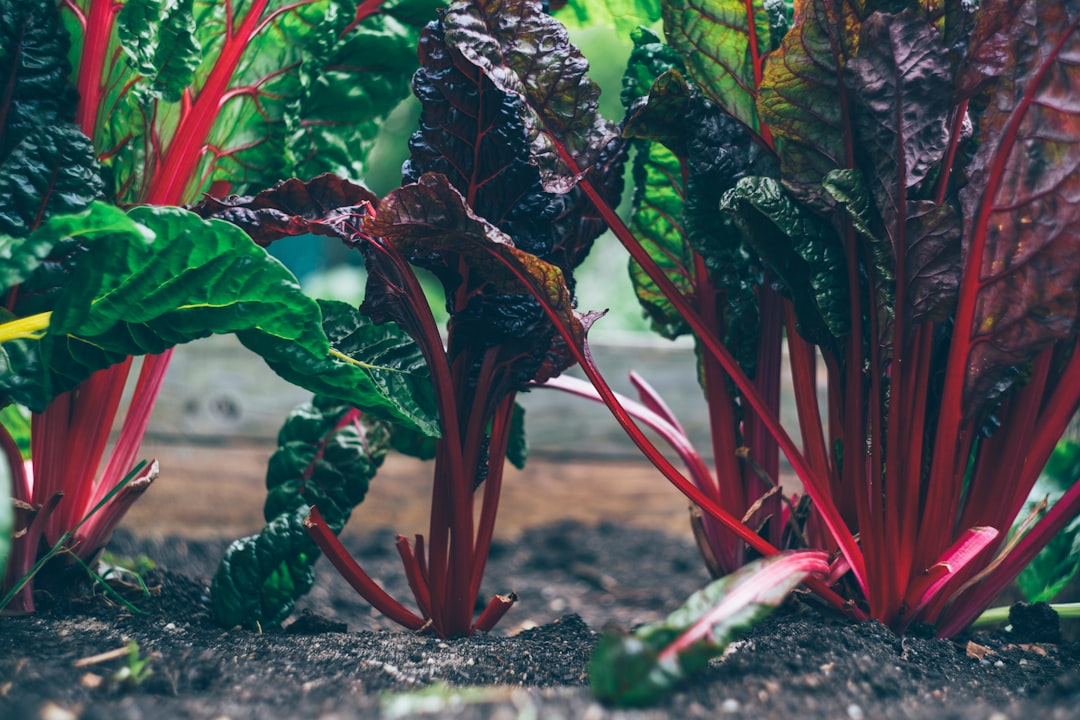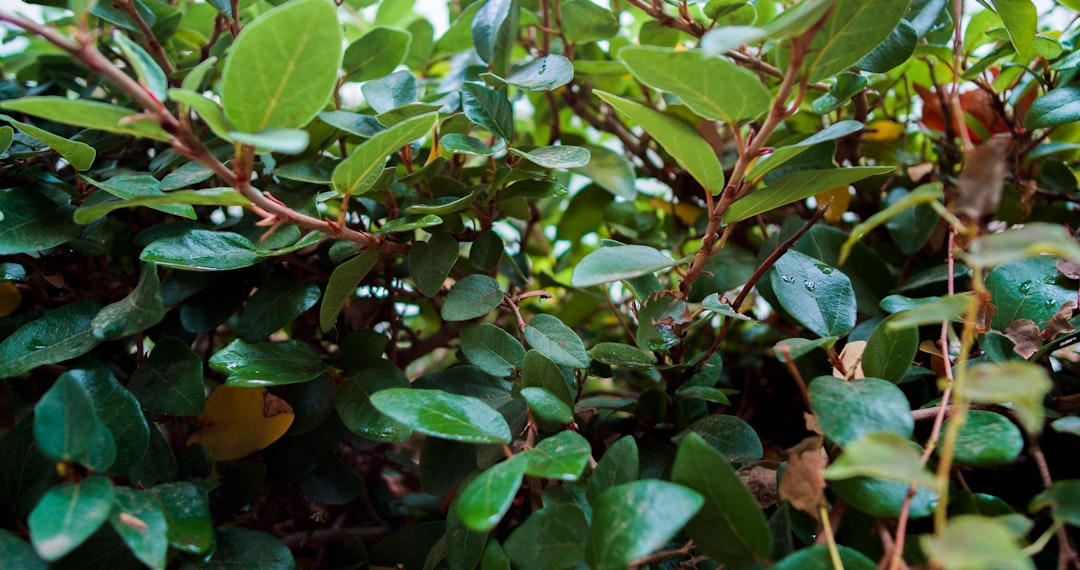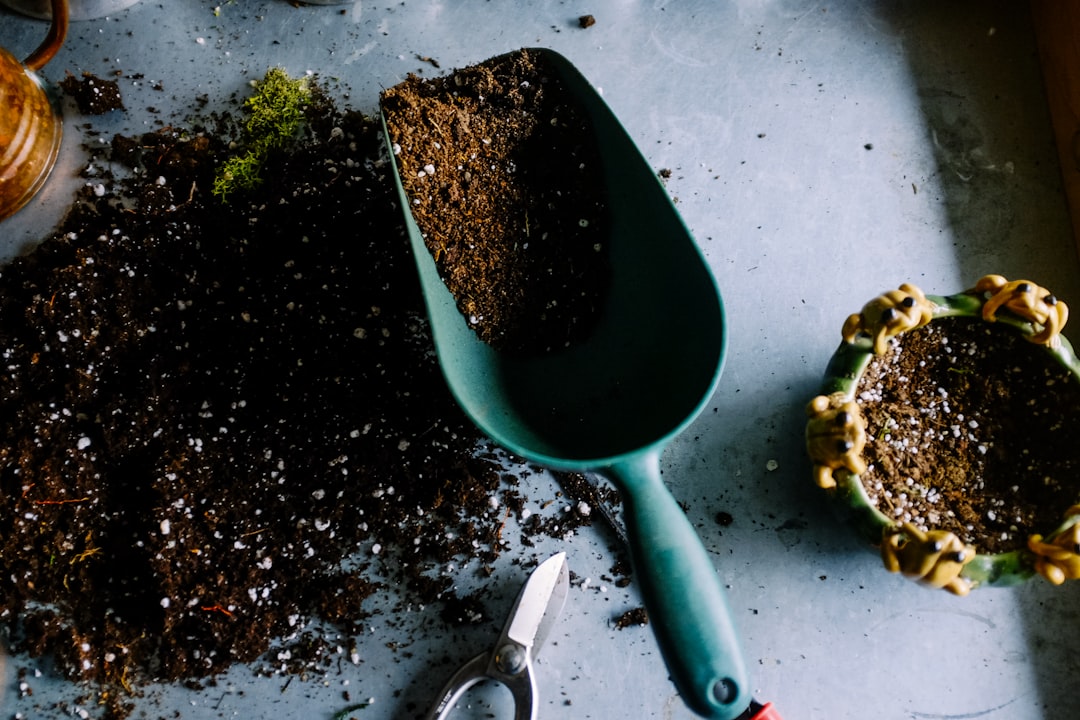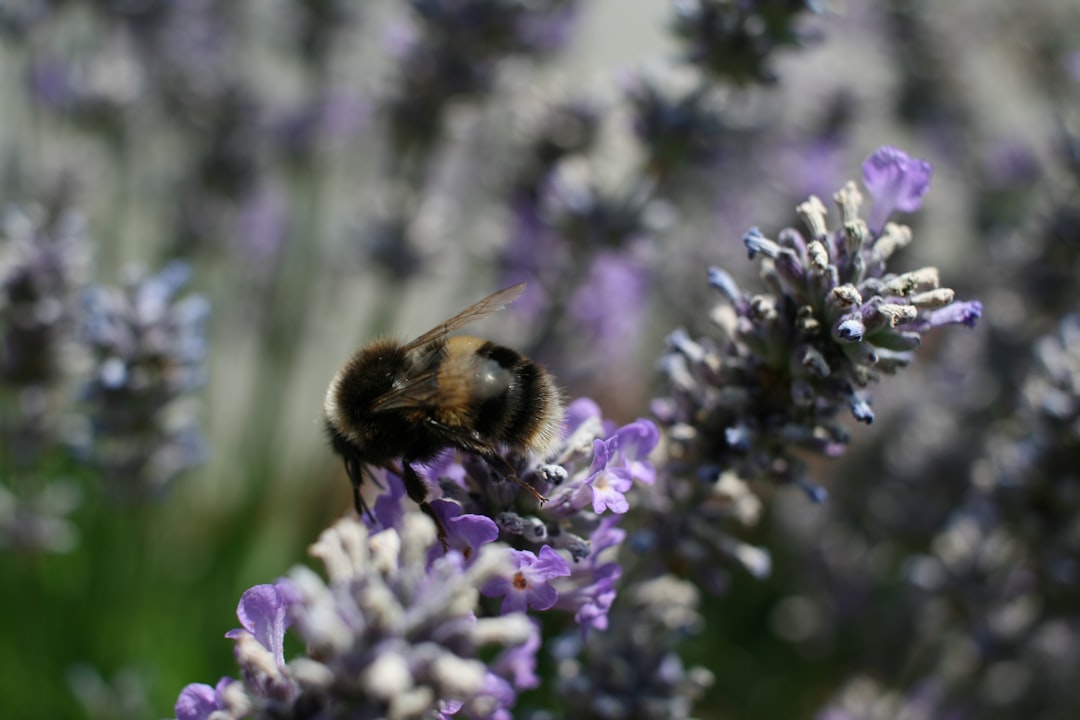
Flowers have always been a source of beauty and joy in our lives, and bellflowers are no exception. These charming perennials, with their distinctive bell - shaped blossoms, can transform any garden into a magical place. In this article, we will delve into the world of bellflower gardening and learn how to care for them to ensure a long - lasting and spectacular display.
### Understanding Bellflowers
Bellflowers, scientifically known as Campanula, belong to a large genus of flowering plants. There are numerous species and varieties, each with its own unique characteristics. Some common types include Campanula carpatica, which is a low - growing species perfect for rock gardens, and Campanula persicifolia, known for its tall, elegant spikes of flowers. They come in a range of colors, from soft blues and purples to whites and pinks, adding a splash of color to any landscape.
### Choosing the Right Location
One of the first steps in caring for bellflowers is selecting the appropriate location in your garden. Bellflowers generally prefer full sun to partial shade. In areas with hot summers, a spot that gets some afternoon shade can be beneficial to prevent the plants from getting too stressed. The soil should be well - drained, rich in organic matter, and have a slightly acidic to neutral pH. If your soil is heavy clay, you can improve its drainage by adding compost or sand. This will help the roots of the bellflowers to grow and thrive without being waterlogged.
### Planting Bellflowers
When it comes to planting bellflowers, timing is crucial. The best time to plant them is in the spring or fall. Start by preparing the soil in the chosen location. Dig a hole that is slightly larger than the root ball of the plant. Gently remove the bellflower from its container and place it in the hole, making sure that the top of the root ball is level with the soil surface. Backfill the hole with soil and gently firm it around the plant. Water the newly planted bellflower thoroughly to help settle the soil and eliminate any air pockets.
### Watering and Fertilizing
Proper watering is essential for the health of bellflowers. They need regular watering, especially during dry spells. However, it's important not to over - water them, as this can lead to root rot. A good rule of thumb is to water deeply once a week, allowing the soil to dry out slightly between waterings. In terms of fertilizing, bellflowers benefit from a balanced, slow - release fertilizer applied in the spring. This will provide them with the necessary nutrients for healthy growth and abundant flowering throughout the season.
### Pruning and Deadheading
Pruning and deadheading are important maintenance tasks for bellflowers. Deadheading, which involves removing the spent flowers, encourages the plant to produce more blooms. Simply pinch or cut off the faded flowers at the base of the stem. This not only keeps the plant looking tidy but also redirects the plant's energy towards new growth and flower production. In the fall, after the first frost, you can cut back the foliage of the bellflowers to ground level. This helps to prevent the spread of diseases and prepares the plant for the winter months.
### Dealing with Pests and Diseases
Like any other plants, bellflowers can be susceptible to certain pests and diseases. Common pests include aphids, slugs, and snails. Aphids can be controlled by spraying the plants with a strong stream of water or using insecticidal soap. To deter slugs and snails, you can place copper tape around the base of the plants or use organic slug pellets. In terms of diseases, bellflowers can be affected by powdery mildew and root rot. To prevent these issues, make sure the plants have good air circulation and avoid over - watering. If you notice any signs of disease, remove the affected parts of the plant immediately and treat with an appropriate fungicide.
### Propagation
If you want to expand your bellflower collection or share them with friends, propagation is a great option. Bellflowers can be propagated through division, cuttings, or seeds. Division is best done in the spring or fall. Simply dig up the plant and carefully separate the clumps into smaller sections, making sure each section has a healthy root system. Replant the divisions in a suitable location. Cuttings can be taken in the summer. Select a healthy stem, remove the lower leaves, and place the cutting in a pot filled with a well - draining potting mix. Keep the cutting moist and in a warm, bright location until it roots. Seeds can be sown in the spring or fall. Sow them on the surface of the soil and lightly cover them with a thin layer of soil. Keep the soil moist until the seeds germinate.
### Conclusion
Caring for bellflowers may seem like a daunting task at first, but with a little knowledge and effort, you can enjoy a long - lasting display of their beautiful bell - shaped blossoms in your garden. By choosing the right location, providing proper watering and fertilizing, and performing regular maintenance tasks such as pruning and deadheading, you can ensure that your bellflowers thrive. So, go ahead and add these charming perennials to your garden and let their beauty enchant you for years to come.
New






